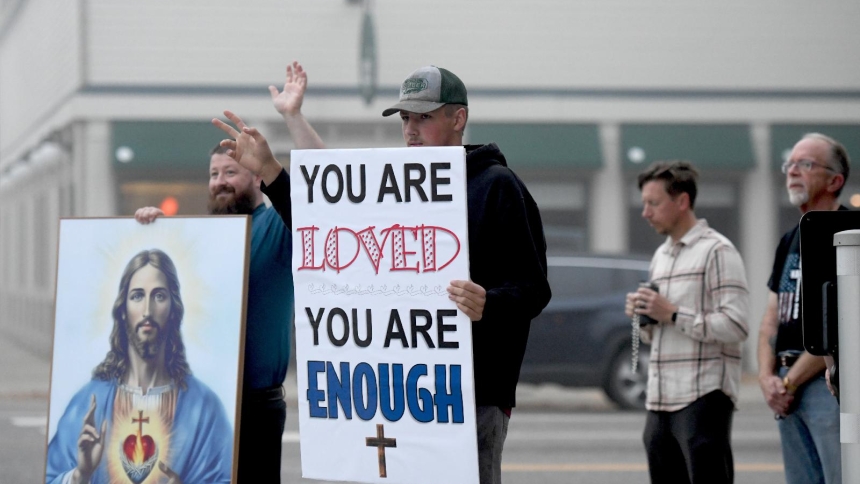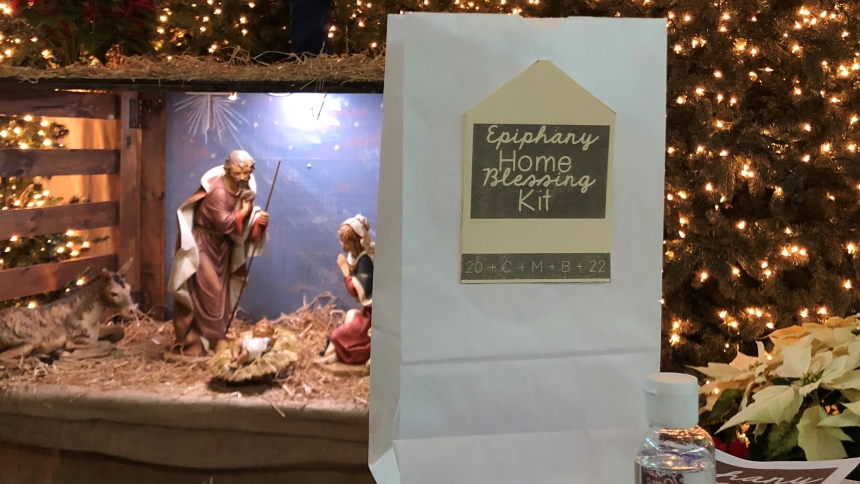
As published in the Northwest Indiana Catholic on October 14, 2017
Last year, Cardinal Blasé Cupich of Chicago invited me to join the U.S. Bishops’ Committee for Aid to Eastern Europe. When communism collapsed there in 1989, our bishops instituted an annual national collection to help rebuild the Church in countries which had been devastated by 70 years of violent atheism.
Every year, Catholics in this country give $8 million in grants to projects in 29 countries. Two weeks ago, I visited Serbia, to see the progress of those grants and to learn about current needs. My time there was a blessed experience, as I learned about the Church, saw the fruit of your generosity and met a faithful and resilient people.
Part of the Balkans, which has always been a political tinderbox, Serbia suffered the destruction of both World Wars I and II, the repression of communist rule as part of Yugoslavia, and then the terrible war in the 1990’s, as the old ethnic rivalries resurfaced after the breakup of the country. Serbia is 92 percent Eastern Orthodox, and only 5 percent Roman Catholic. So Catholics live as a small but vibrant minority. Clearly, the people there have a long history of intense suffering, yet are hospitable, kind and very open.
I met all five bishops and journeyed to each of the Catholic dioceses there. Many Eastern Rite Catholics add to the beautiful diversity of the Church with their ornate liturgies and ancient churches. I visited a refugee camp, filled with desperate and long-suffering people from Syria and Afghanistan. They cannot return home, little employment opportunities exist in Serbia for them, and no other country wants them. They live in an old government building with inadequate bathrooms and little heat in the winter.
The Catholic diocese there has partnered with other organizations to provide food, clothing, medical care and also schooling for the children. Remarkably strong and persevering, many of the people knew English, so I was able to learn their stories of hardship and struggle first hand.
Next, I toured the only Catholic nursing home in Serbia, partially built with our money. A beautiful facility filled with delightful elderly folks who had nowhere else to go, this home desperately needs expansion, which is already in the planning stage. We shared a delicious meal with the staff who were joyful, dedicated and clearly in love with the people they serve.
From there, we traveled north to visit a large parish, which boasts a new activity center built through our assistance. The children and young people offered a delightful folkloric program, filled with native dancing and songs. The parishioners wanted us to know how much they appreciated and utilized their new beautiful building.
That evening, we met with a group of Catholic intellectuals, who put on regular spiritual formation days and retreats for professors, doctors and Church leaders. Because of the almost total suppression of religion under the communists for decades, there is a great need for doctrinal and spiritual formation on all levels.
The next day, we visited several Eastern Rite parishes which need much physical repair. When the communists took over Serbia, they stole most of the Church’s property and never gave it back. They allowed some churches to remain open, but because of the persecution of Christians, many people were afraid to openly practice their faith.
For these past thirty years, the Church has been trying to both rebuild the faith in the hearts and lives of the people, as well as repair the physical structures, which languished for decades. We saw some churches, hundreds of years old, filled with colorful icons and redolent of incense, which somehow survived the ravages of war, poverty and religious intolerance.
I felt deeply the presence of God in these holy places, whose walls had absorbed thousands of liturgies and personal supplications. During the communist suppression, how many people courageously prayed in these dark and beautiful sanctuaries, which kept the faith alive? What did they say to God? What was it like to live Catholic faith in an atheistic state? My heart was filled with many questions.
The mysticism of Eastern Christian spirituality is a gift to the Church and a blessing that we need to study and embrace more profoundly here in the West.
Our next stop was Belgrade, the capital of Serbia. We went to the papal nunciature and had lunch with the archbishop of the city. Beautiful and stately, his home had been the embassy of the Austro-Hungarian Empire at the outbreak of World War I. The actual declaration of war, which began that tragic, global conflagration, was issued in that building. We toured the cathedral, a retreat center and a soup kitchen sponsored by the archdiocese, all of which have received aid from our national collection here in the United States.
In Serbia, I learned the complexity of ethnic rivalry and the burden of history, the long shadows cast by epic wars and the scars left by brutal godless regimes. I felt as a pilgrim, treading on holy ground, made sacred by the blood of martyrs and blessed by a sturdy faith in Christ that never despaired.
I met a people who have suffered much and yet survived, who have seen governments, leaders and wars come and go, and yet have persevered. God, the Church, the people and the land perdure, as hope springs eternal.
As I toured the many Church projects financed by our national collection here in the U.S., I felt proud of American Catholics who properly understand that we belong to a universal Church and are called to a radical solidarity with all of our brothers and sisters throughout the world in the mystical Body of Christ.
+ Donald J. Hying


